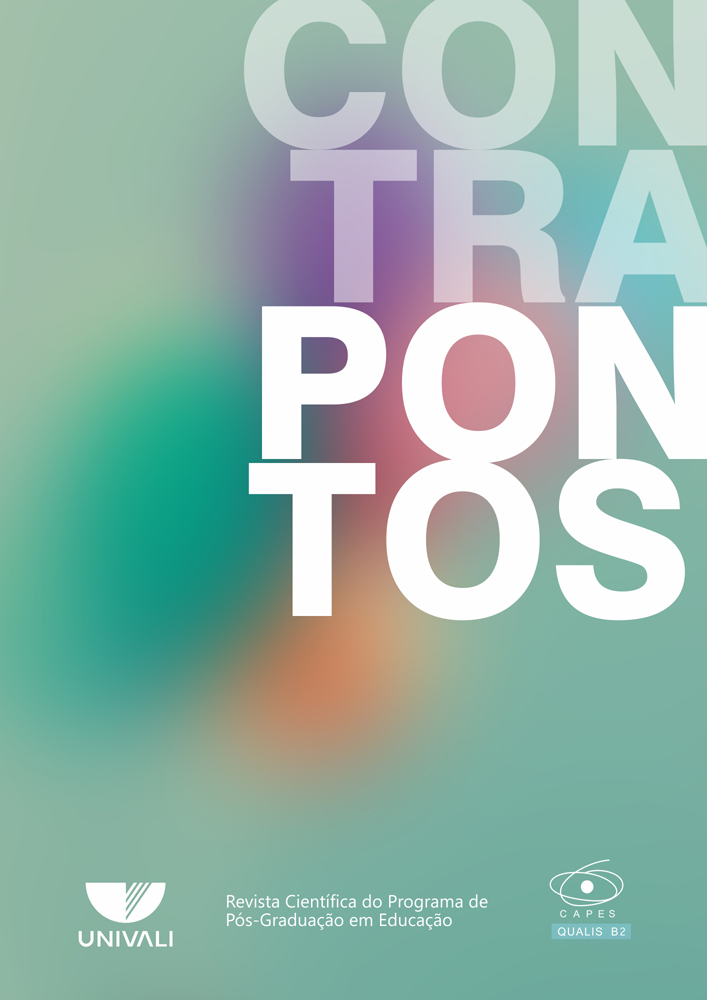TEACHER BURNOUT: LICENTIATE DEGREES IN FOCUS
DOI:
https://doi.org/10.14210/contrapontos.v18n3.p258-269Keywords:
Teacher burnout, Licentiate degree, Initial teacher trainingAbstract
The risk of teacher burnout in Brazilian basic education is increasing. This risk is based, in particular, on two findings: the lack of choice for undergraduate courses, and the quantitative gap between the number of young teachers and the number of teachers in the final stage of their careers. In order to mitigate with this situation, structural solutions are needed that would include two movements: a) investments in attracting encouraging teachers to remain in the career, and b) strengthening the licentiate degree. In light of this debate, the article offers a circumstantial discussion on teaching in undergraduate courses, and its potential contribution to overcoming the growing lack of teachers. This article was based on bibliographic research, conducted using an analytical-reconstructive methodology, based on the analysis of content derived from two information collection procedures: context data and a focal group. In conclusion, the text confirms the licentiate degree as support for the structural solution of teacher burnout. Regarding the specific debate on teaching in undergraduate courses, there are two perspectives: a) the need for specific courses for teacher education, as the teaching activity can not be detached from a specific training, and b) the curricular coexistence of two major groups: disciplinary knowledge and pedagogical or didactic knowledge, both of which are seen as central elements in teacher trainingDownloads
Published
2018-09-26
Issue
Section
Articles
License
Upon acceptance of an article, the author gives full rights of the work to Contrapontos., but retains the authorship. The published work is considered collaboration. Thus, its author will not get paid nor will s/he be charged by Contrapontos. The responsibility of the article solely goes to the authors. Citations and transcriptions are allowed by mentioning the sources.
Â

This work is licensed under a Creative Commons Attribution 4.0 International License.

